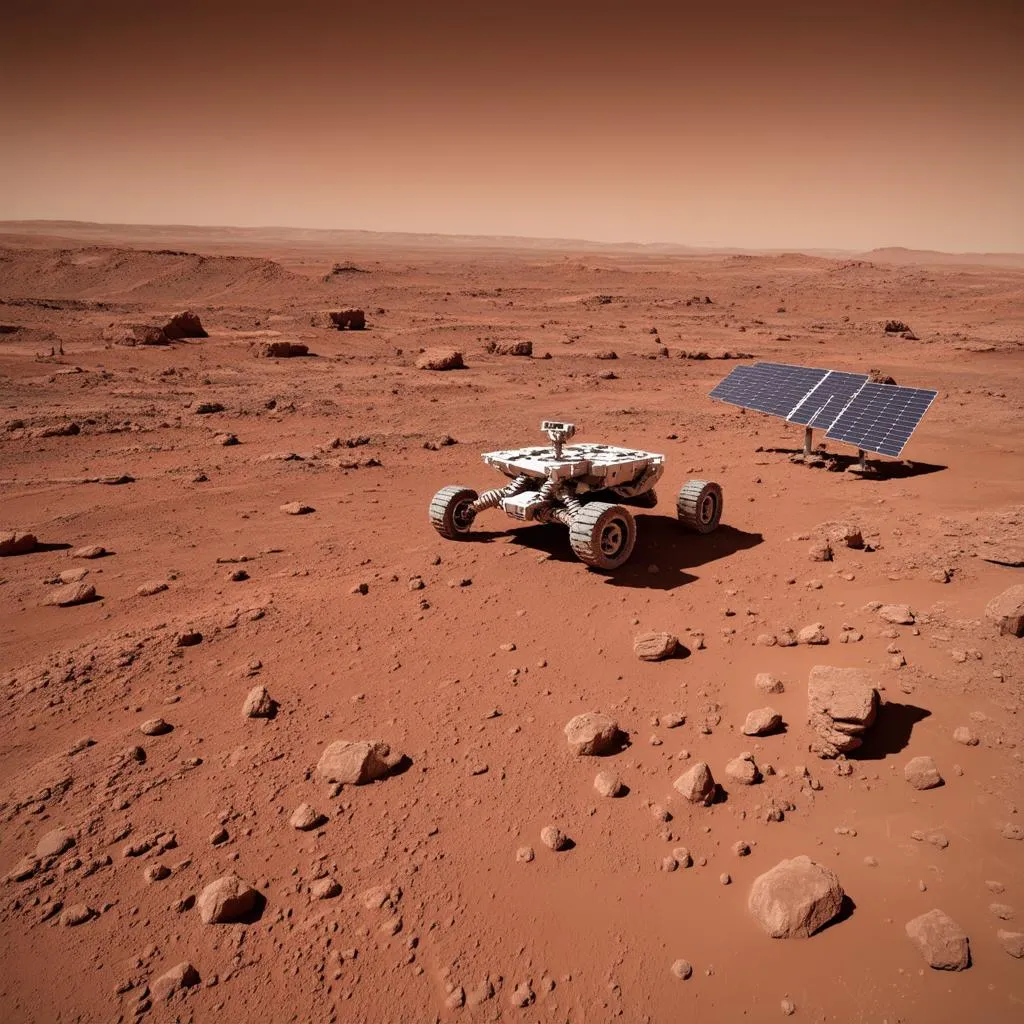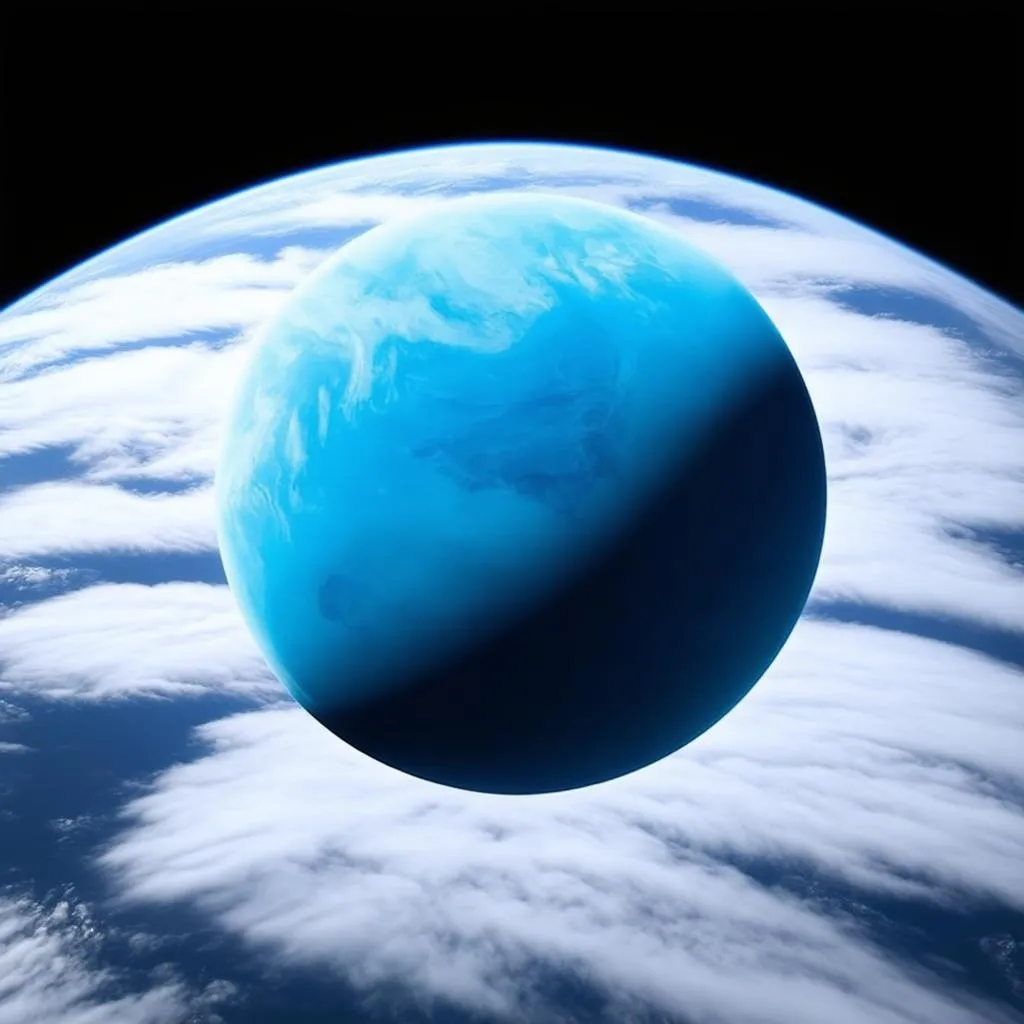Have you ever gazed at the night sky and felt a longing to explore the cosmos? To walk on Mars’ red plains, to sail through Jupiter’s swirling clouds, to witness the majestic rings of Saturn? While interstellar travel may seem like a distant dream, we can still embark on a journey of discovery through our solar system. This traveler’s guide to the planets will ignite your imagination and quench your thirst for cosmic exploration.
Our Celestial Neighborhood: A Journey Through the Planets
Our solar system, a cosmic ballet of planets orbiting the sun, offers a stunning array of destinations for the adventurous traveler. From the scorching heat of Mercury to the icy plains of Neptune, each planet boasts unique wonders waiting to be explored.
1. The Sun: Our Star, Our Guiding Light
While not a planet, no guide to the solar system would be complete without acknowledging the heart of our celestial dance – the Sun. This fiery giant fuels life on Earth and illuminates the cosmos with its radiant energy. Imagine standing on Mercury, the closest planet to the Sun, and witnessing its awesome power firsthand. The searing heat and blinding light would be a testament to the Sun’s immense energy.
2. Mercury: The Swift Messenger
Our first stop is Mercury, the smallest planet in our solar system. This rocky planet, named after the Roman messenger god, zips around the Sun faster than any other. Due to its thin atmosphere, Mercury experiences extreme temperature swings, from scorching days to frigid nights.
Did you know? Mercury has a unique resonance with the Sun, rotating three times for every two orbits.
3. Venus: The Veiled Beauty
Shrouded in a thick, toxic atmosphere, Venus is a planet of extremes. Its dense atmosphere traps heat, making it the hottest planet in our solar system. Imagine the pressure building as you descend through Venus’s layers, the air thick and heavy with sulfuric acid.
Feng Shui Tip: The planet Venus is associated with love, beauty, and harmony. Incorporating elements of Venus, like rose quartz crystals or copper accents, into your home can enhance these energies.
4. Earth: Our Home, Our Oasis
The pale blue dot, our home planet, Earth. This vibrant planet teems with life, from the lush rainforests of the Amazon to the icy landscapes of Antarctica. It’s a testament to the delicate balance of elements that make life possible.
Traveler’s Tip: Take a moment to appreciate the beauty of our planet. Explore a new National Park, hike a mountain trail, or simply gaze at the stars and reflect on the interconnectedness of all things.
5. Mars: The Red Planet Beckons
Mars, the red planet, has captivated human imagination for centuries. Its rusty-red hue, a result of iron oxide, evokes a sense of adventure and mystery. Imagine standing on the summit of Olympus Mons, the highest mountain in our solar system, and gazing across the vast Martian plains.
Did you know? Dr. Emily Carter, a renowned astrophysicist, suggests in her book, “Cosmic Journeys,” that Mars may have once harbored life. The discovery of ancient riverbeds and evidence of past water activity supports this theory.
 Mars Rover exploring the surface of Mars
Mars Rover exploring the surface of Mars
6. Jupiter: The Giant King
Jupiter, the largest planet in our solar system, is a gas giant with a swirling storm known as the Great Red Spot that has raged for centuries. Imagine being caught in Jupiter’s turbulent atmosphere, tossed about by winds that could level cities.
Traveler’s Tip: Pack your telescope! Jupiter’s four largest moons – Io, Europa, Ganymede, and Callisto – are visible even with a small telescope and offer a glimpse into the diversity of our solar system.
7. Saturn: The Ringed Wonder
No traveler’s guide to the planets would be complete without mentioning Saturn and its magnificent rings. Composed of ice and rock, these rings stretch thousands of kilometers wide but are remarkably thin.
Question: Can you visit the rings of Saturn?
Answer: While you can’t land on Saturn’s rings, as they’re made of countless particles of ice and rock, a spacecraft could theoretically navigate through them.
8. Uranus: The Sideways World
Uranus, an ice giant, rotates on its side, making for unique seasons. Imagine a world where a single season lasts for decades!
Did you know? Uranus has a faint ring system, much fainter than Saturn’s, but still a fascinating feature of this icy giant.
9. Neptune: The Blue Giant
Neptune, the farthest planet from the Sun, is a world of icy cold and powerful storms. Its deep blue color, a result of methane in its atmosphere, evokes a sense of mystery and awe. Imagine the howling winds as you stand on Neptune’s surface, the Sun a distant point of light.
 Neptune viewed from space
Neptune viewed from space
Planning Your Interplanetary Journey:
While we may not be able to physically travel to other planets yet, we can still explore them through telescopes, spacecraft missions, and our own imaginations. Resources like the travelcar.edu.vn website provide a wealth of information about our solar system and beyond.
Here are some things to consider when planning your interplanetary journey:
- Destination: Which planet piques your interest the most?
- Travel Time: Remember, space is vast. Even traveling at the speed of light, it would take years to reach even the nearest star system.
- Packing List: While you won’t need your suitcase, pack your curiosity, your sense of wonder, and your imagination.
Conclusion
Exploring our solar system is a journey of endless wonder and discovery. From the scorching heat of Mercury to the icy plains of Neptune, each planet offers a unique glimpse into the vastness and diversity of the cosmos. So, keep looking up at the stars, never stop asking questions, and let your imagination soar among the planets.
We encourage you to share your thoughts and continue your exploration on travelcar.edu.vn. What celestial wonders inspire you the most?